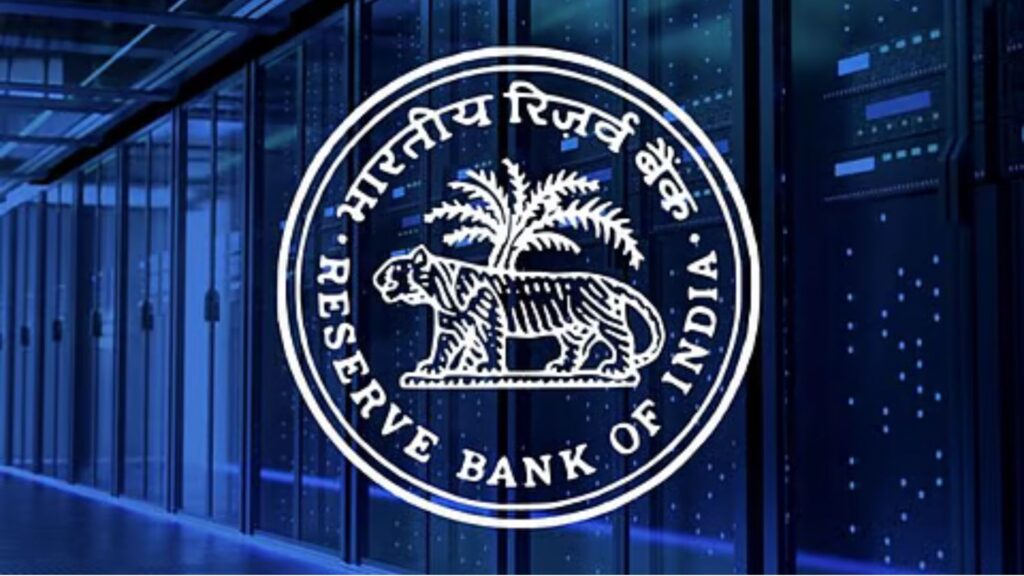
The Indian stock market extended its gains for a second consecutive session on Monday, June 9, driven largely by banking stocks. Investor sentiment toward the sector surged after the Reserve Bank of India (RBI) surprised markets last week with a deeper-than-expected 50 basis point cut in the repo rate, along with an unexpected 100 basis point reduction in the Cash Reserve Ratio (CRR). The moves have raised hopes of a pickup in credit growth and improved earnings prospects for banks.
Reflecting the bullish mood, all 12 constituents of the Nifty Bank index opened higher on Monday. Shares of IDFC First Bank, Kotak Mahindra Bank, and Axis Bank led the gains, rising as much as 3%. The index crossed the 57,000 mark for the first time, touching 57,049—an increase of nearly 1%—and building on Friday’s strong 1.5% rally.
The RBI has stepped up its efforts to boost system liquidity in recent months. In addition to the latest rate cuts, the central bank has injected more than ₹7 lakh crore into the banking system through open market operations (OMOs) over the past five months. Since mid-January, these measures have helped reverse the earlier liquidity shortfall, pushing the system back into surplus territory as of April.
However, credit growth in the banking sector has moderated. According to the latest RBI data, bank credit growth slowed to 12% year-on-year in March 2025, down sharply from 16.3% during the same period last year.
Mid-Sized Banks, NBFCs Poised to Benefit
Global brokerages have turned increasingly optimistic about Indian banks, particularly mid-sized private lenders and select non-banking financial companies (NBFCs), following the RBI’s surprise policy moves.
Nomura and UBS highlighted banks such as AU Small Finance Bank, IndusInd Bank, and IDFC First Bank as key beneficiaries of improved liquidity. Larger players like HDFC Bank and Axis Bank are also expected to gain, especially those that have faced challenges with deposit growth.
Jefferies anticipates an upside in net interest margins (NIMs) for fixed-rate lenders, identifying Mahindra Finance, Cholamandalam Investment and Finance (Chola Finance), and SBI Cards as well-positioned. Its top picks also include Bajaj Finance, Chola Finance, and Shriram Housing Finance.
Meanwhile, Bernstein believes that the policy moves are likely to favour banks over NBFCs. Citi expects the sustained liquidity environment to boost sentiment for large private banks. IIFL and Goldman Sachs projected that the CRR cut could positively impact NIMs, return on assets (ROAs), and profitability, estimating a liquidity boost of approximately ₹2.5 trillion.
Analysts caution, however, that the RBI’s front-loaded rate cuts may reflect concerns over economic growth. “The frontloading of monetary easing suggests underlying worries about GDP growth. Although banks with additional liquidity are expected to increase lending, we do not anticipate a sharp acceleration in loan growth,” IIFL noted in a report. It forecasts banking system loan growth at 11-11.5% in FY26, compared to 9.8% year-on-year currently, amid continued corporate preference for capital markets and a slowdown in housing loan demand.
Despite these headwinds, the outlook for bank earnings, particularly among mid-tier players, remains positive heading into the new financial year.





